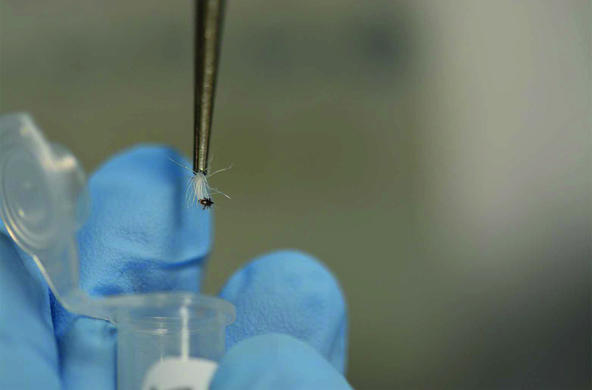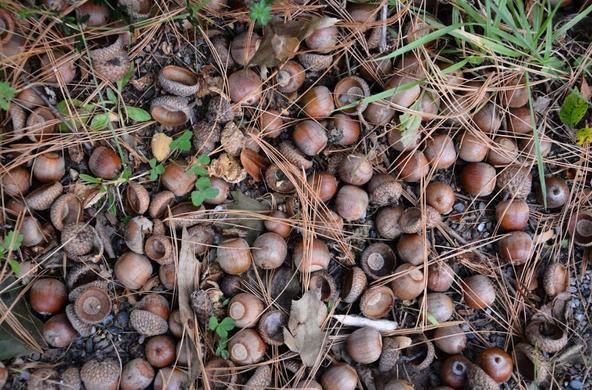
If you want to study Lyme Disease, you're going to be tracking the animal most responsible for its spread.
Ostfeld: We are about to go check some live traps that we've set to capture small mammals, which play a very important role in the ecology of Lyme, supporting feeding by ticks and infecting those ticks with the pathogens that make us sick.
We're in woods of Millbrook, NY on the grounds of the Cary Institute of Ecosystem Studies, with senior scientist Richard Ostfeld.
Ostfeld: This one has somebody in it. So, here's a white footed mouse. What I'm going to do is gently dump the mouse into a plastic bag that allows me to handle it by the scruff of the neck to inspect it, to determine its sex, its weight, whether it has any ticks on it, its breeding condition. And then I will weigh it, determine what individual mouse it is, if it's been given a ear tag previously. If it has not, I will give it one. And then I will release it.
It turns out that the white footed mouse is very important in the ecology of Lyme disease and other tick-borne diseases. So, those new baby ticks that are not carrying any infections, acquire them from feeding on white footed mice. The larvae that bite a mouse are at least twice as likely to get the Lyme disease bacterium as larvae that bite some other host.
We know that the proportion of ticks that are infected with the Lyme disease bacteria is very important in affecting human health. So, we've been trying to determine whether we can predict how bad it's going to be. And, if we can determine that, maybe we can actually reduce human risk of exposure to Lyme by managing the environment in a safe way.
We'll hear more on Lyme Disease in future programs.







